
Poo Poo Man, super-daddy, fishing song, corn cake, seafood, cloud platform, AI…what do these words have to do with Biosphere Reserves?
Follow Serbian anthropologist Marta Neskovic's journey across Biosphere Reserves in China to witness how technology, knowledge, and curiosity intertwine to shape the story of people and nature.
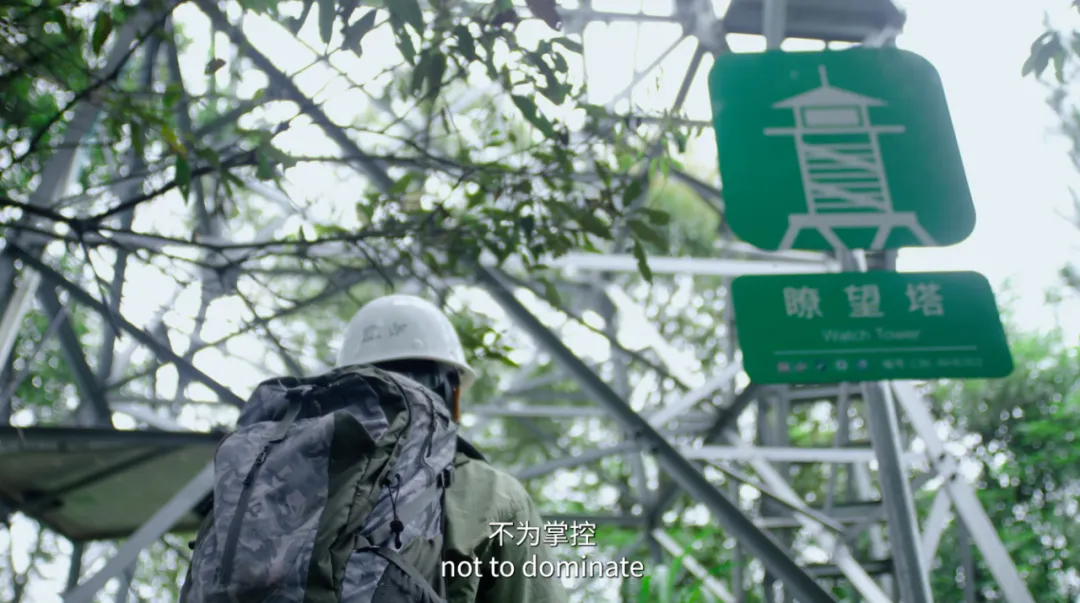
At Chebaling, a smart wilderness is unfolding. With grid-based management and an integrated sky–air–ground monitoring system, every moment of wildlife is uploaded in real time to the cloud. Here, technology is not a cold tool but a dialogue with nature.
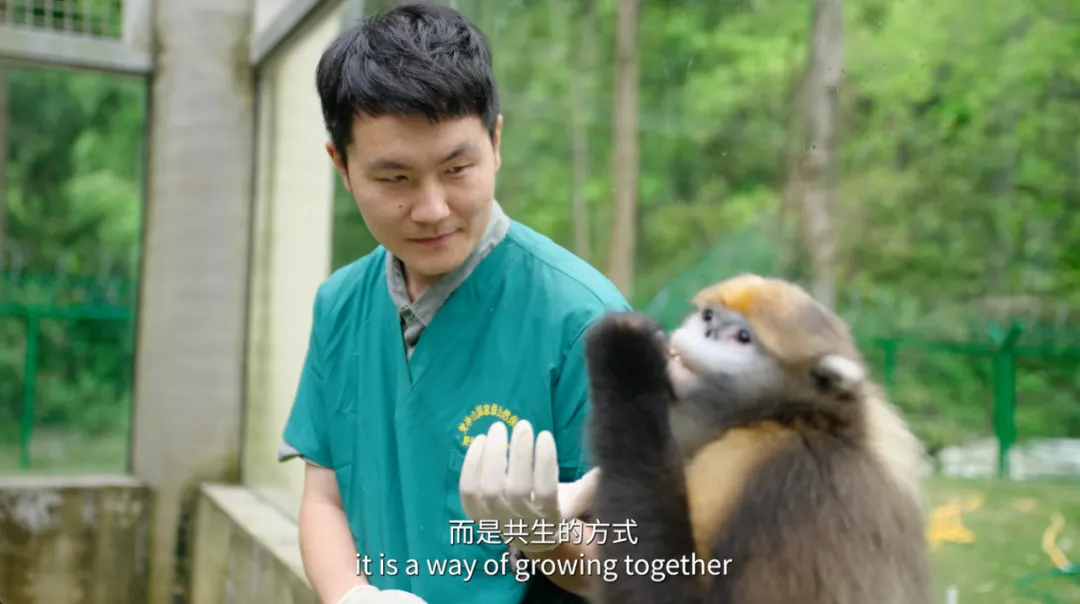
At Fanjingshan, ape calls echo through a sea of mist. This is the only home of the world's "only child" — the Guizhou snub-nosed monkey. Scientists study their diet, rescue injured individuals, and build long-term data records, constantly seeking better ways to safeguard this rare species.
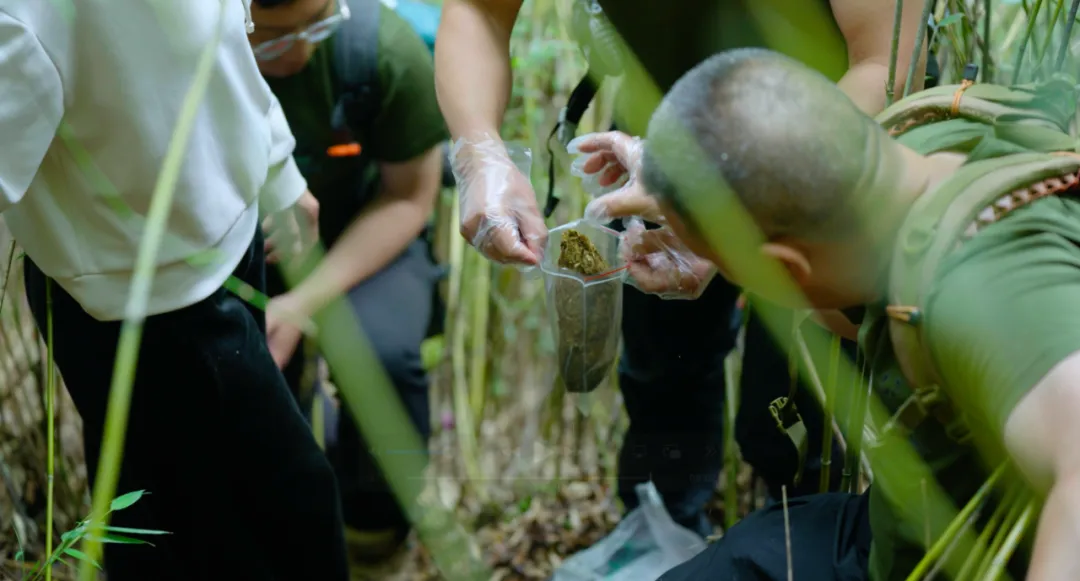
At Baishuijiang, home to the largest population of wild giant pandas, the philosophy of in-situ protection is "minimal interference". Research teams track giant panda's "green droppings", decoding their habits while mapping their genetic blueprint. Only through true understanding can we protect them better.
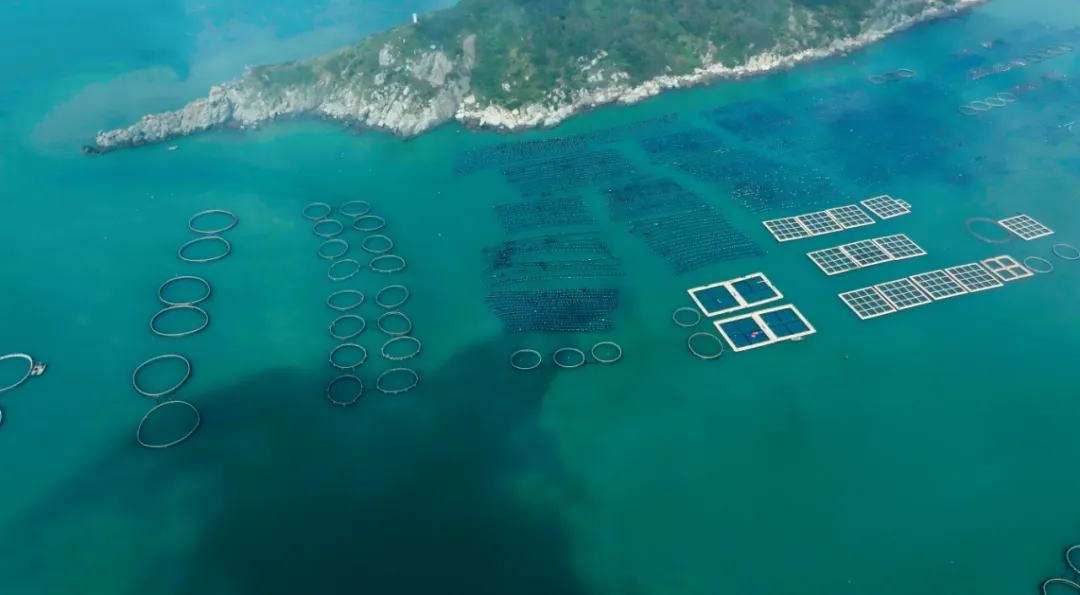
At Nanji Islands, fishermen's songs and ocean waves weave a unique wisdom. Fishermen no longer compete with the sea but have learned to coexist with it. Marine ranching has taken root here, offering a new "Nanji solution" for sustainable fisheries.
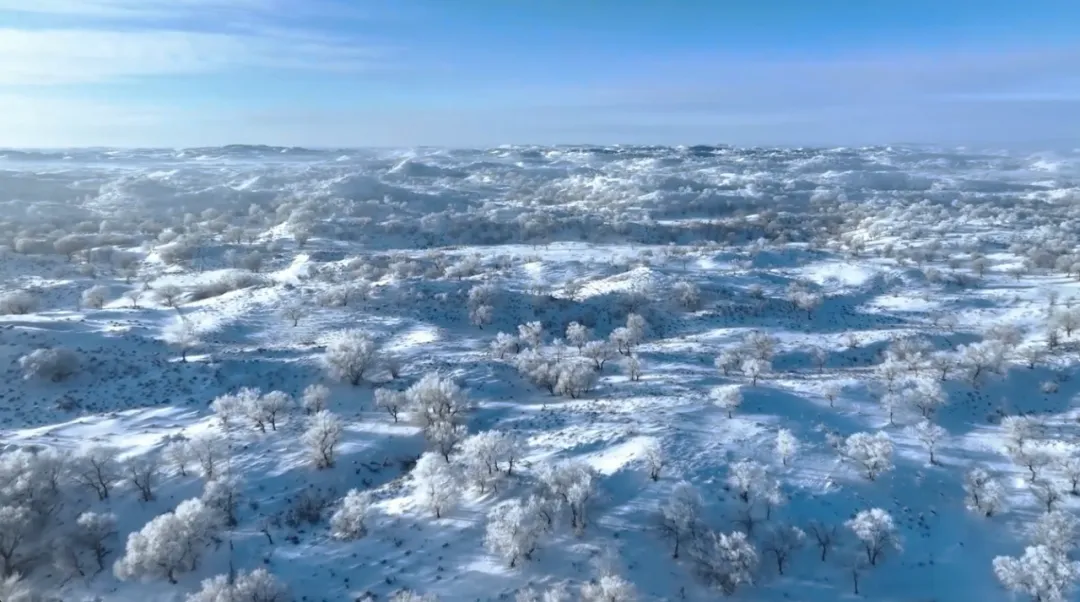
From alpine forests to vast islands, from genetic codes to cultural heritage, the idea of protecting nature has long been part of humanity's memory.
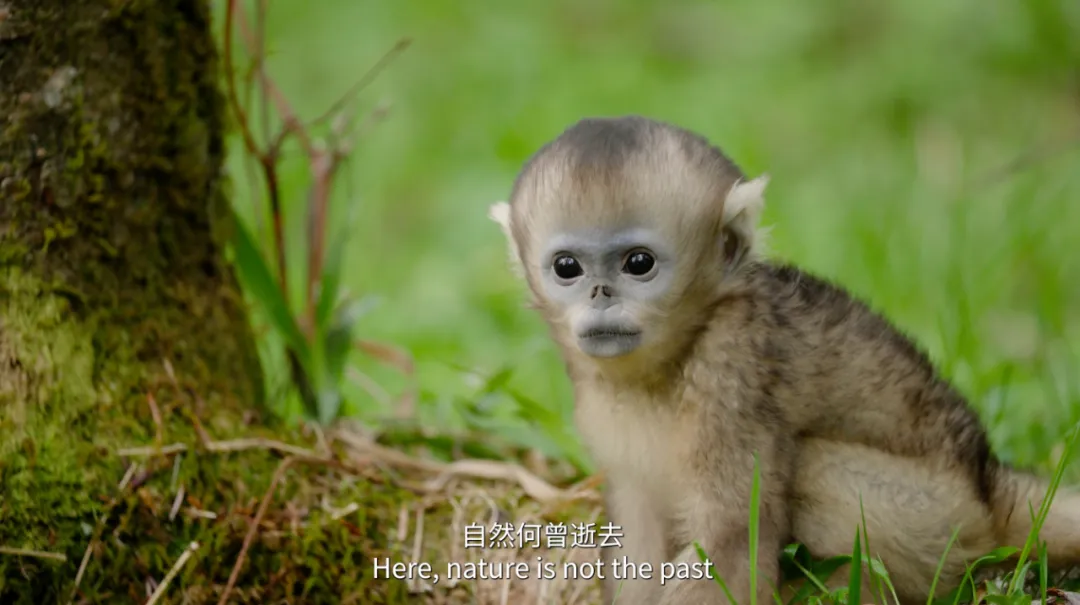
Under UNESCO's Man and the Biosphere (MAB) Programme, Biosphere Reserves are not just protected areas, but also living laboratories for exploring pathways to harmony between people and nature.

86-10-68597521 (day)
86-10-68597289 (night)

52 Sanlihe Rd., Xicheng District,
Beijing, China (100864)

